Alhambra stands as an embodiment of the extraordinary artistry and rich cultural heritage that defines its existence. Nestled in the heart of Granada, Spain, it is not merely an architectural marvel but a vibrant narrative woven through centuries of history and artistic expression. The enchanting beauty of Alhambra beckons visitors from around the globe, offering them a glimpse into the intricate tapestry of Islamic civilization that thrived in Europe during the Middle Ages. This article will explore the multifaceted significance of Alhambra, uncovering its architectural prowess, historical importance, cultural resonance, and much more.
The Architectural Brilliance of Alhambra
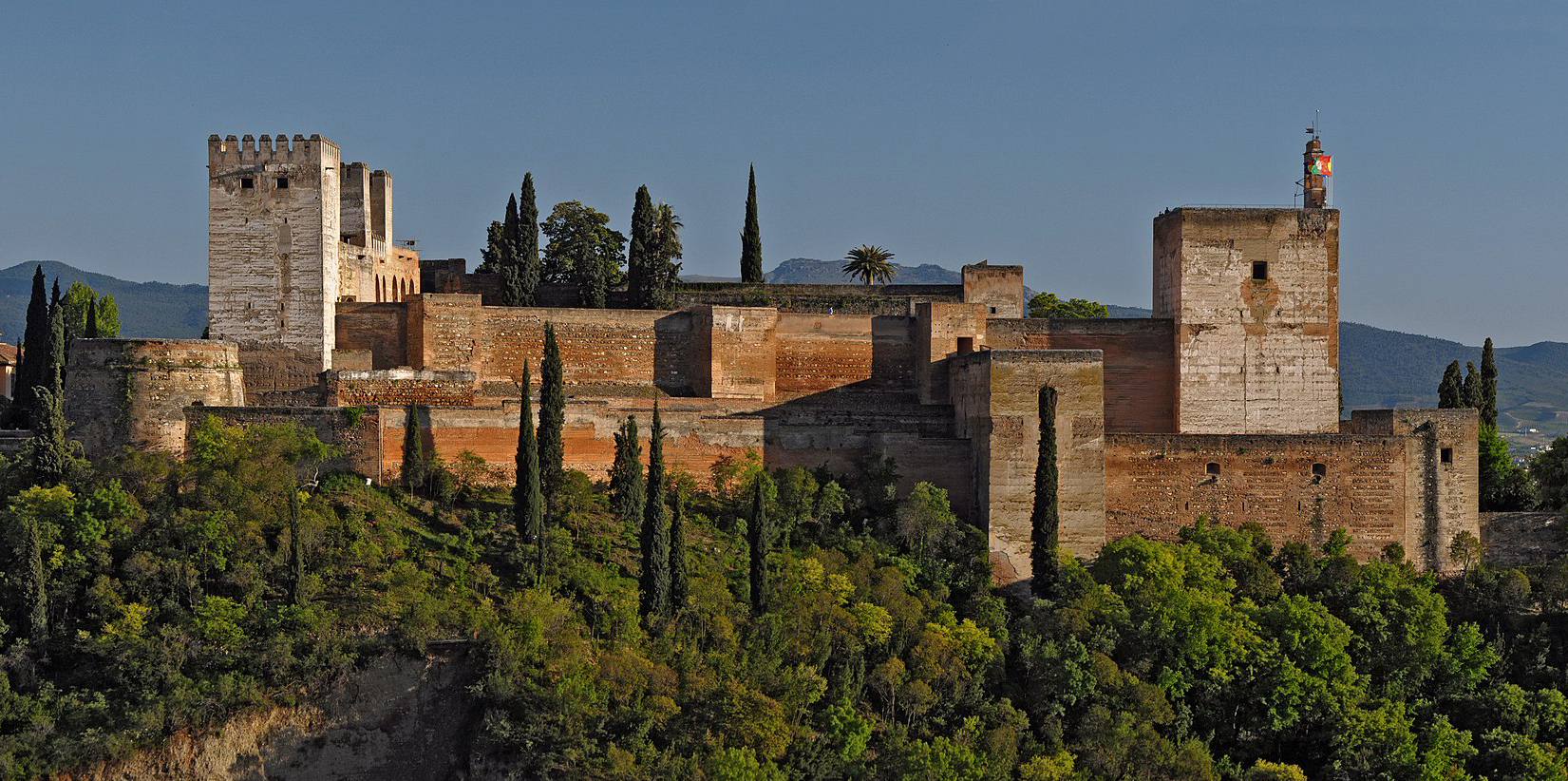
As one stares at the majestic structures of Alhambra, one cannot help but marvel at the masterful design and intricate details that characterize this iconic landmark. The architectural brilliance of Alhambra is a testament to the ingenuity of the Nasrid dynasty, which commissioned its construction during the 13th century.
A Harmonious Blend of Nature and Structure
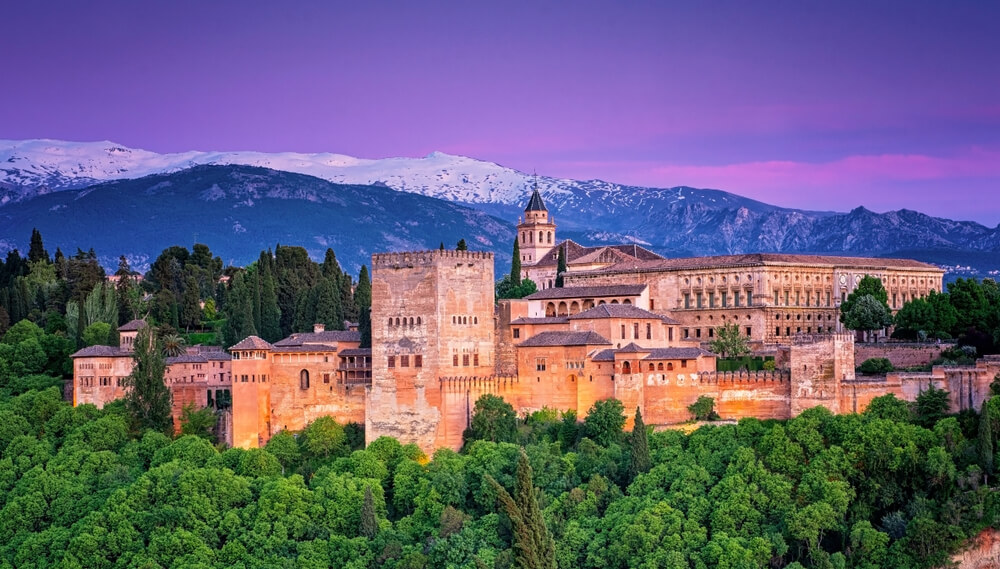
The design of Alhambra is a remarkable fusion of natural landscapes with architectural innovation. Situated on the rolling hills of the Sierra Nevada, the palace complex is framed by lush gardens and stunning views of the surrounding mountains.
The creators of Alhambra understood the essence of harmonizing human-made structures with nature. Every courtyard and garden has been meticulously planned to enhance the sensory experience of those who walk through its halls. The reflecting pools, adorned with fragrant flowers and lined with cypress trees, invite leisurely strolls while providing a tranquil escape from the outside world. This deliberate integration of nature not only elevates the aesthetic appeal of Alhambra but fosters a sense of peace that resonates deeply with visitors.
Every element of the landscape within Alhambra plays a role in creating a unique atmosphere. The interplay of light and shadow, the sound of water cascading through fountains, and the fragrance of blooming flora combine to evoke feelings of serenity and spiritual reflection. With every step taken in this ethereal environment, one is reminded of the close relationship between humanity and the natural world.
Intricate Ornamentation and Symbolism
One cannot speak of Alhambra without acknowledging its ornate decorations, which serve as a visual feast for the eyes. From intricate tilework to delicate plaster carvings, each detail tells a story steeped in cultural significance.
The geometric patterns found throughout Alhambra are emblematic of Islamic art’s quest for infinity. These interlocking designs draw the observer into a world of endless possibilities, symbolizing the infinite nature of creation. The repetition of shapes and motifs serves not merely as decoration but as a reminder of the divine order that governs the universe.
In addition to geometric patterns, Alhambra also features inscriptions from the Qur’an. These verses are carefully integrated into the architecture, reiterating the importance of faith in everyday life. The text speaks of guidance, wisdom, and devotion, infusing the spaces with a spiritual energy that transcends time.
Structural Innovations and Engineering Feats
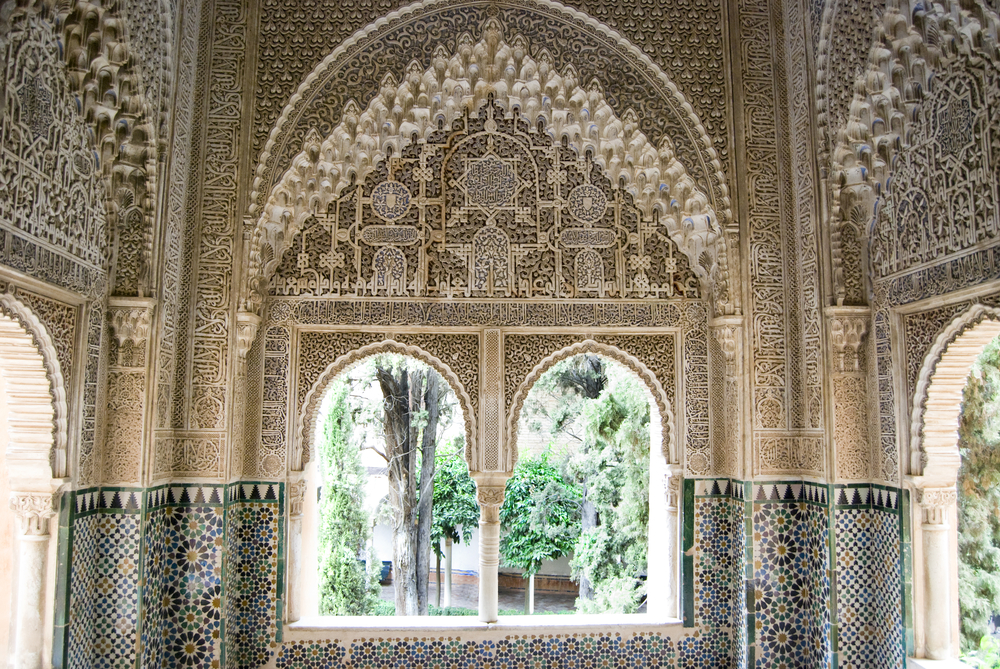
Alhambra’s architectural brilliance is not solely confined to its aesthetic elements; it also showcases groundbreaking engineering innovations of its time. The complex includes various structures such as the Nasrid Palaces, the Generalife gardens, and the Alcazaba fortress, each demonstrating unique architectural techniques.
One of the most intriguing aspects of Alhambra is its ingenious use of water. The presence of flowing water, both in elaborate fountains and reflective pools, creates an oasis-like ambiance that cools the air and enhances the beauty of the surroundings. This mastery of hydraulic engineering was revolutionary at the time and significantly contributed to the overall experience of the site.
Moreover, Alhambra’s layout reflects careful planning, as the placement of each building maximizes natural light and ventilation. The strategic orientation of structures allows for optimal exposure to sunlight during specific times of the day, casting playful shadows and illuminating intricate details. This thoughtful consideration for environmental factors underscores the understanding of climate and geography by the architects who designed Alhambra.
Alhambra: A Historical Narrative
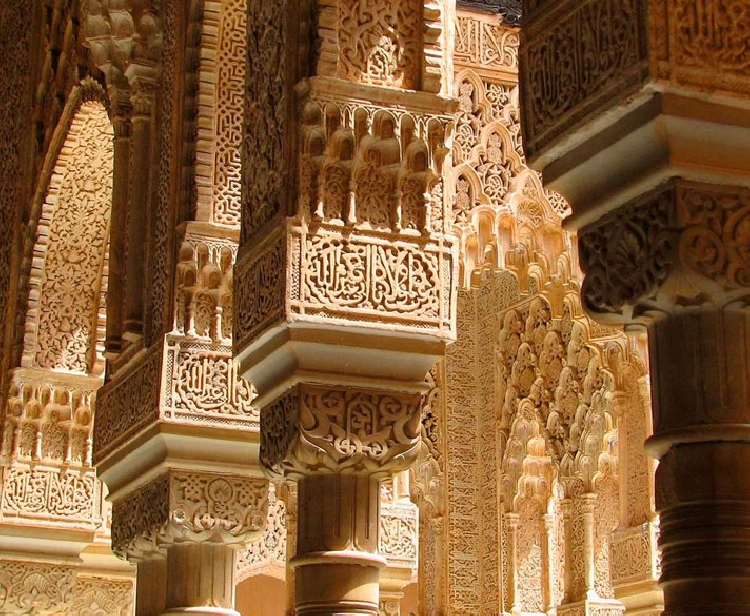
Exploring the history of Alhambra reveals a captivating saga of power, cultural exchange, and resilience. Its evolution reflects the complexities of the Iberian Peninsula’s socio-political landscape over centuries.
A Seat of Power in the Nasrid Kingdom

Alhambra was constructed during the reign of the Nasrid dynasty, the last Muslim kingdom in Spain, which prospered from the 13th to the 15th centuries. The palace served as the royal residence and a center for governance during this vibrant period.
The grandeur of Alhambra symbolizes the peak of Islamic culture in medieval Europe. It served not only as a home for sultans and their courts but also as a melting pot for artistic and intellectual endeavors. Scholars, poets, and artisans came together within its walls, fostering creativity and cultural exchange that left an indelible mark on Spanish history.
The decline of the Nasrid dynasty led to significant political upheaval, culminating in the Catholic Monarchs’ conquest of Granada in 1492. This pivotal moment marked the end of Muslim rule in Spain but also set the stage for a new phase in Alhambra’s life as it transitioned into a symbol of Spain’s diverse heritage.
Cultural Crossroads: The Influence of Alhambra
.jpg)
Throughout its history, Alhambra has functioned as a cultural crossroads where ideas, traditions, and philosophies converged. The coexistence of Muslims, Christians, and Jews in medieval Spain resulted in a rich tapestry of influences that shaped the architecture and artistic expressions seen within Alhambra.
The blending of Islamic, Christian, and Jewish artistic elements within Alhambra exemplifies a period of relative harmony known as La Convivencia. This era saw the sharing of knowledge, artistic styles, and culinary practices that enriched the cultural fabric of Spain. Alhambra stands as a testament to that collaborative spirit, reminding us of the potential for unity amidst diversity.
Over time, however, the cultural landscape shifted dramatically following the Reconquista. The forced conversion of Muslims and Jews led to the erasure of many cultural practices, but Alhambra remained as a poignant reminder of a shared past. Today, it serves as a beacon for intercultural dialogue, urging society to embrace inclusivity and mutual respect.
Preservation and Restoration Efforts
The journey of Alhambra through history has not been without challenges. After its conquest by the Catholic Monarchs, the palace underwent numerous changes, some of which compromised its original integrity. As time passed, neglect and deterioration threatened its very existence.
Recognizing its historical and cultural significance, preservation efforts began in the early 19th century. The restoration projects aimed to conserve the architectural details and artistic works that make Alhambra so unique. Many renowned architects and artists took part in these initiatives, ensuring that future generations could appreciate the beauty and complexity of Alhambra.
Today, Alhambra is recognized as a UNESCO World Heritage Site, underscoring the global importance of preserving cultural heritage. Ongoing efforts to maintain its splendor not only reflect the dedication to safeguarding history but also emphasize the need for responsible tourism. Visitors today are encouraged to engage with the site respectfully, appreciating its significance while contributing to its preservation.
The Cultural Impact of Alhambra

Beyond its physical beauty and historical legacy, Alhambra has left an indelible mark on culture and the arts. Its influence extends far beyond borders and time periods, inspiring countless artists, musicians, and writers.
Alhambra in Literature and Poetry
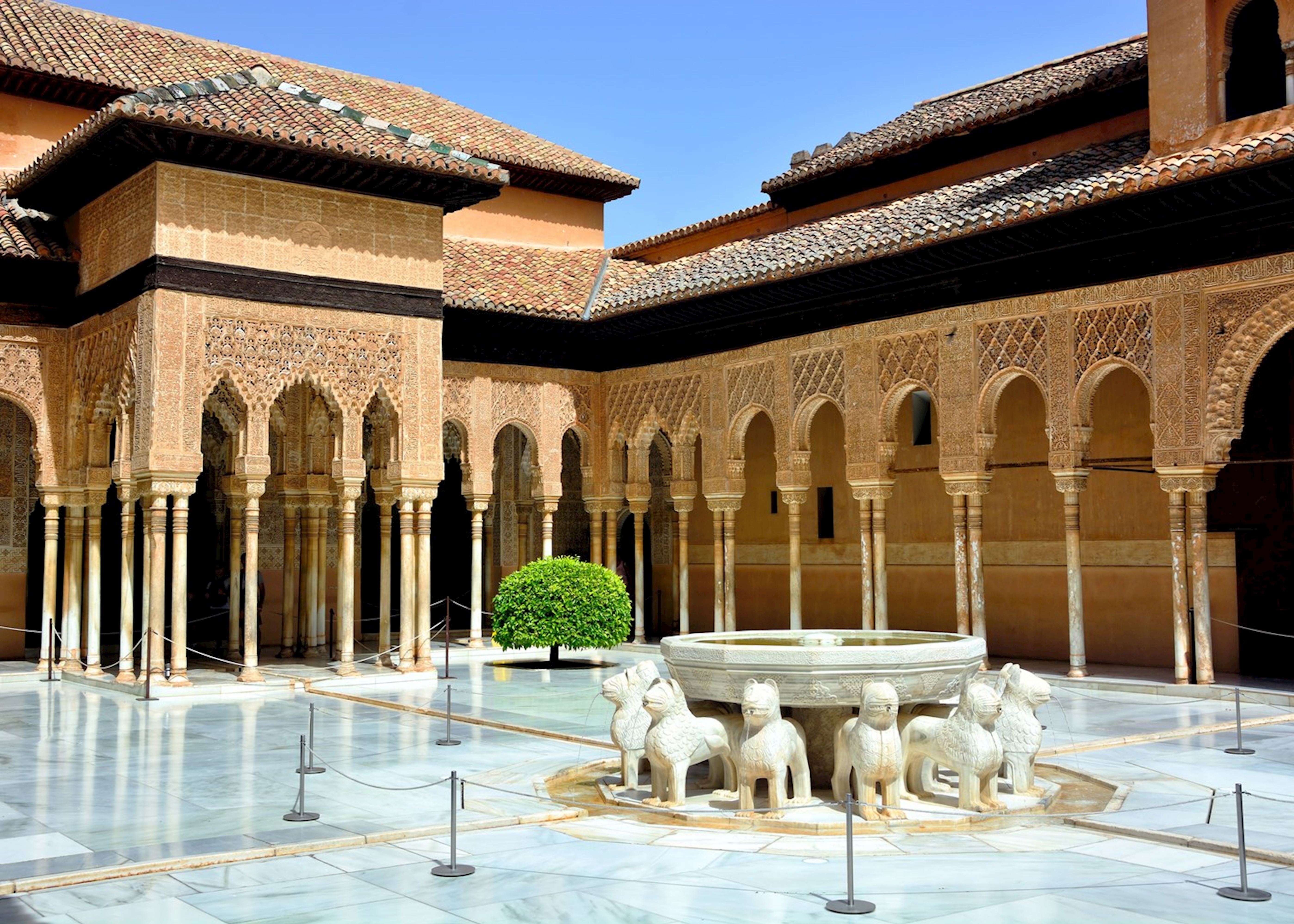
The allure of Alhambra has fascinated writers and poets for centuries. Its enchanting beauty and evocative atmosphere have made it a recurring theme in literature, often serving as a backdrop for romance, intrigue, and reflection.
Famous literary figures, such as Washington Irving, have penned poignant works inspired by Alhambra, weaving tales that capture its magic and mystery. Irving’s “Tales of the Alhambra,” a collection of essays and stories, highlights the romanticism associated with the palace and introduces readers to its rich history.
The imagery of Alhambra has also inspired contemporary authors, who find relevance in its themes of love, loss, and cultural identity. Each literary interpretation breathes new life into the narratives that echo through its walls, inviting readers to embark on imaginative journeys alongside historical figures.
Artistic Inspirations Across Mediums

The ethereal beauty of Alhambra has transcended literature to inspire artists across various mediums. Painters, sculptors, and photographers have sought to capture its essence, resulting in an extensive body of work celebrating its allure.
Artists like John Frederick Lewis and Francisco de Goya were captivated by Alhambra’s intricate details and breathtaking vistas, producing masterpieces that celebrate its grandeur. Their works continue to enchant viewers, allowing them to envision the palace through the eyes of those who walked its halls long ago.
In contemporary art, Alhambra’s influence persists as artists draw inspiration from its architectural forms, colors, and patterns. Installations and sculptures reflect the cultural dialogues sparked by Alhambra, bridging the gap between past and present while encouraging conversations about identity and belonging.
Musical Echoes of Alhambra

The cultural significance of Alhambra extends further into the realm of music. Composers and musicians have translated its emotional resonance into melodies, capturing the spirit of the palace through sound.
From classical compositions inspired by its beauty to modern musical interpretations, Alhambra has provided a canvas for artistic exploration. The melodic rhythms evoke the gentle flow of water and the whispers of history, inviting listeners to immerse themselves in the magic of the place.
Furthermore, the contemporary fusion of traditional Spanish music with other genres often incorporates Alhambra as a symbol of cultural richness. Musicians celebrate the idea of unity through diversity, embodying the spirit of Alhambra in their creative expressions.
Alhambra in the Modern Era
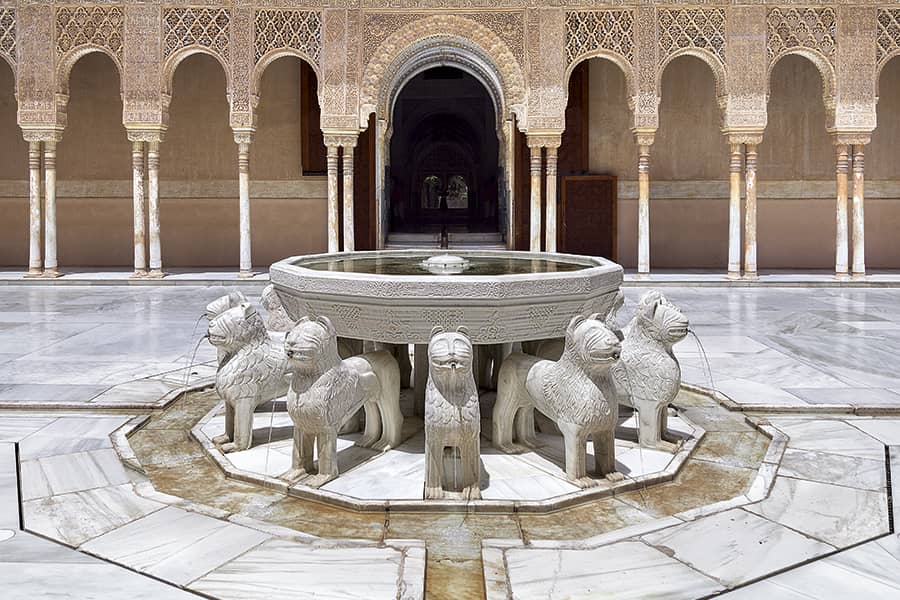
In today’s world, Alhambra remains a powerful cultural icon, attracting millions of visitors each year. Its significance has evolved, adapting to the changing dynamics of contemporary society while continuing to inspire individuals across the globe.
Alhambra as a Source of Inspiration

In the realm of architecture, Alhambra serves as a wellspring of inspiration for modern designers and architects. Its intricate ornamentation, harmonious proportions, and thoughtful integration with the surrounding landscape offer invaluable lessons for contemporary practice.
The principles observed in Alhambra encourage architects to consider the cultural context and environmental factors when designing spaces. The pursuit of beauty, functionality, and sustainability resonates deeply with today’s architectural discourse, leading to innovative approaches that honor both tradition and progress.
Additionally, Alhambra has become a symbol of resilience and adaptability in the face of adversity. Designers and artists draw upon its legacy of cultural exchange to advocate for inclusivity and understanding in a world often divided by differences.
Tourism and Cultural Exchange

Alhambra stands as one of Spain’s most visited monuments, attracting travelers eager to experience its beauty firsthand. The influx of tourists contributes to the local economy while simultaneously raising awareness of its historical significance.
However, the challenge lies in balancing tourism with preservation. Stakeholders advocate for sustainable tourism practices that respect both the site and the communities surrounding it. Engaging visitors in meaningful ways can generate appreciation for Alhambra’s cultural heritage and foster a sense of responsibility toward its conservation.
Through educational programs and guided tours, tourists are encouraged to delve deeper into the narratives embedded within Alhambra. This sense of connection cultivates respect for the site’s history and invites conversations about the importance of preserving cultural landmarks.
The Role of Alhambra in Global Dialogue
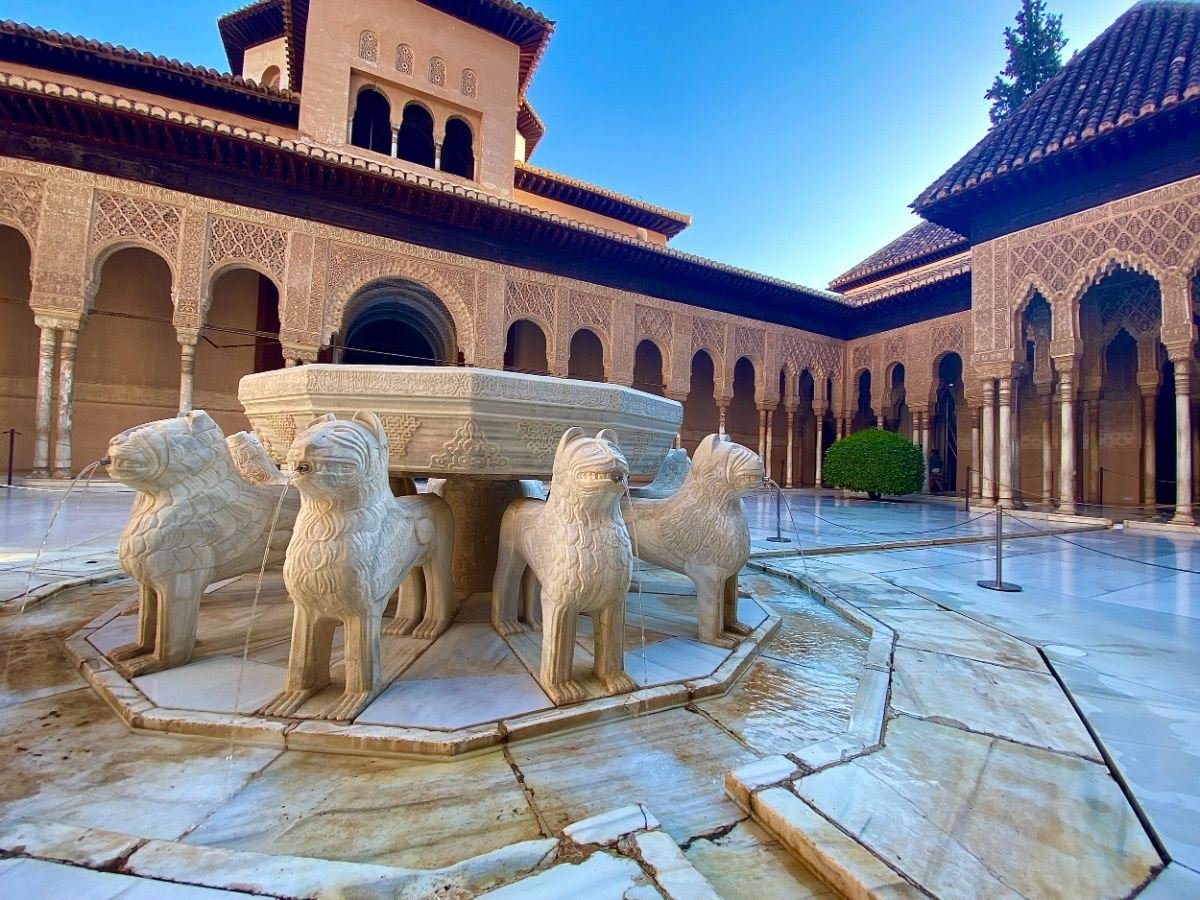
In an increasingly interconnected world, Alhambra serves as a powerful reminder of the importance of cultural dialogue. Its existence prompts discussions about identity, spirituality, and the shared narratives that shape our societies.
The palace complex invites contemporary audiences to reflect on their own cultures while recognizing the beauty of diversity. Alhambra encourages the breaking down of barriers and fosters an environment where collaboration and mutual understanding can flourish.
Artistic expressions inspired by Alhambra continue to resonate globally, amplifying voices that advocate for tolerance and empathy. In this way, Alhambra becomes not just a monument of the past but a catalyst for positive change in the present.
Conclusion
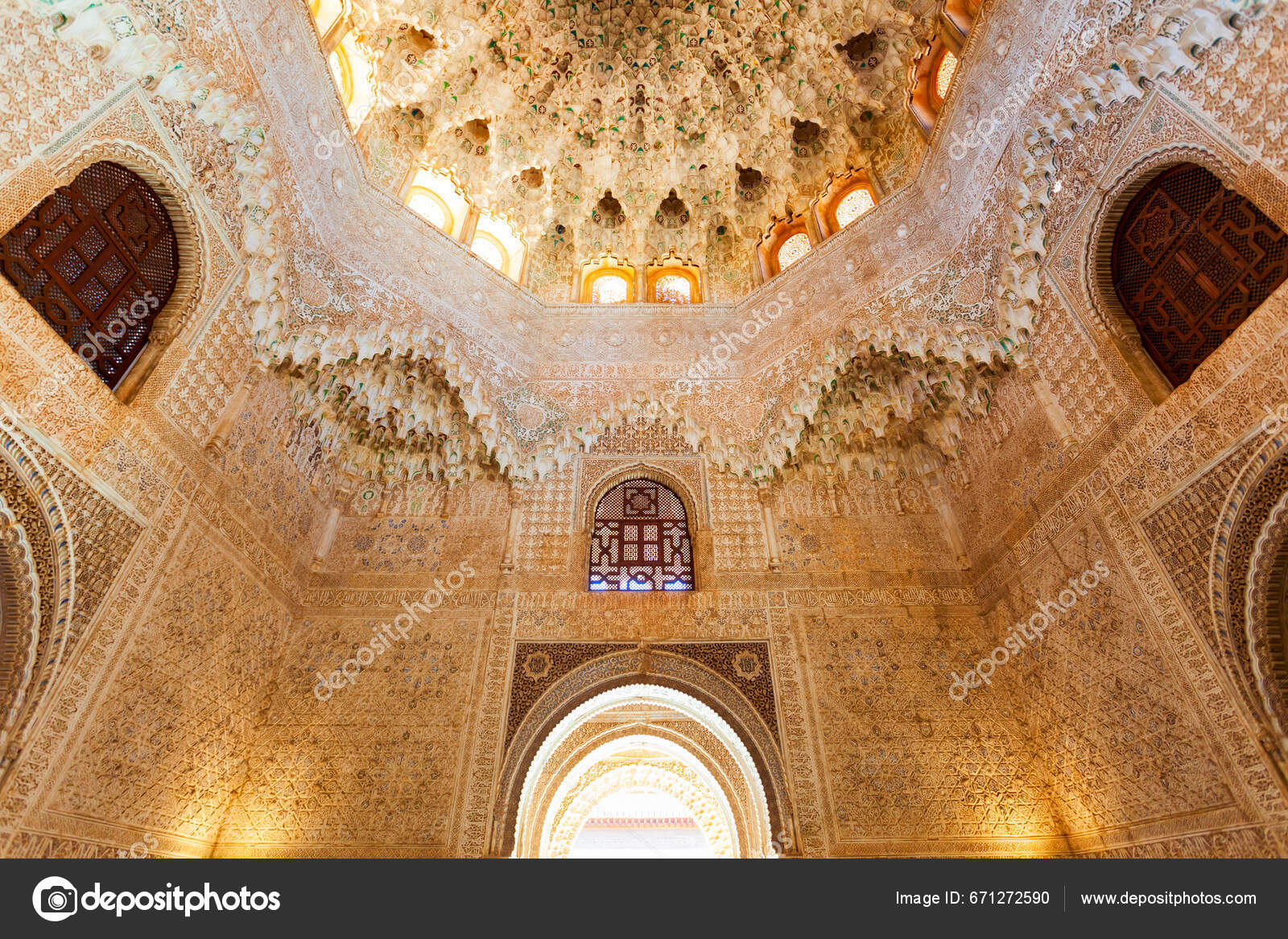
Alhambra transcends the boundaries of mere architecture; it is a living testament to the intertwined histories of cultures that have shaped our world. Its intricately designed structures, serene gardens, and profound symbolism unite to create a space that inspires awe and contemplation. As we navigate the complexities of modern life, Alhambra reminds us of our shared heritage and the potential for unity among diverse communities.
In a world yearning for connection, Alhambra stands as a bridge between past and present, inviting all to reflect on the beauty of our collective narratives. The legacy of Alhambra continues to unfold, revealing new dimensions of meaning and significance. Through its story, we are encouraged to honor our cultural heritage while championing inclusivity, creativity, and understanding.
✉️ Stay Connected — Subscribe for Weekly Updates
Discover timeless stories, practical wisdom, and beautiful culture — delivered straight to your inbox.
*We only share valuable insights — no spam, ever.






